The Roman Pantheon, originally built as a temple to the Roman gods, is one of the most iconic structures in Rome. It is renowned for its massive dome, which was the largest in the world until modern times and still stands as a testament to the architectural genius of the ancient Romans. The interior of the Pantheon is equally impressive, with its intricate marble floors, towering columns, and a coffered ceiling adorned with beautiful paintings.
Roman Pantheon Tickets
Roman Pantheon Highlights
1. The Dome
The Dome of the Pantheon is the largest unsupported dome in the world - the secret for this is the careful weight distribution that was done during its construction. Made from a light tufa and scoria mix of concrete, the Dome of the Pantheon has a perfectly spherical volume which is believed to symbolize the might and authority of the Roman Empire.

2. Oculus
The most striking feature of the Pantheon is its Oculus, a large circular opening in the center of the dome. The Oculus serves as the only source of natural light in the Pantheon, creating a mesmerizing effect as the sunlight filters through and illuminates the interior. It is believed to have been a deliberate design choice to create a connection between the gods and the mortal world.

3. Axis Mundi
Axis Mundi refers to the central axis of the Pantheon, which runs from the entrance to the Oculus. It is believed to represent the connection between heaven and earth, serving as a spiritual and symbolic reference point. This concept of the Axis Mundi is seen in various other cultures and religious traditions, emphasizing the significance of the Pantheon as a sacred space.
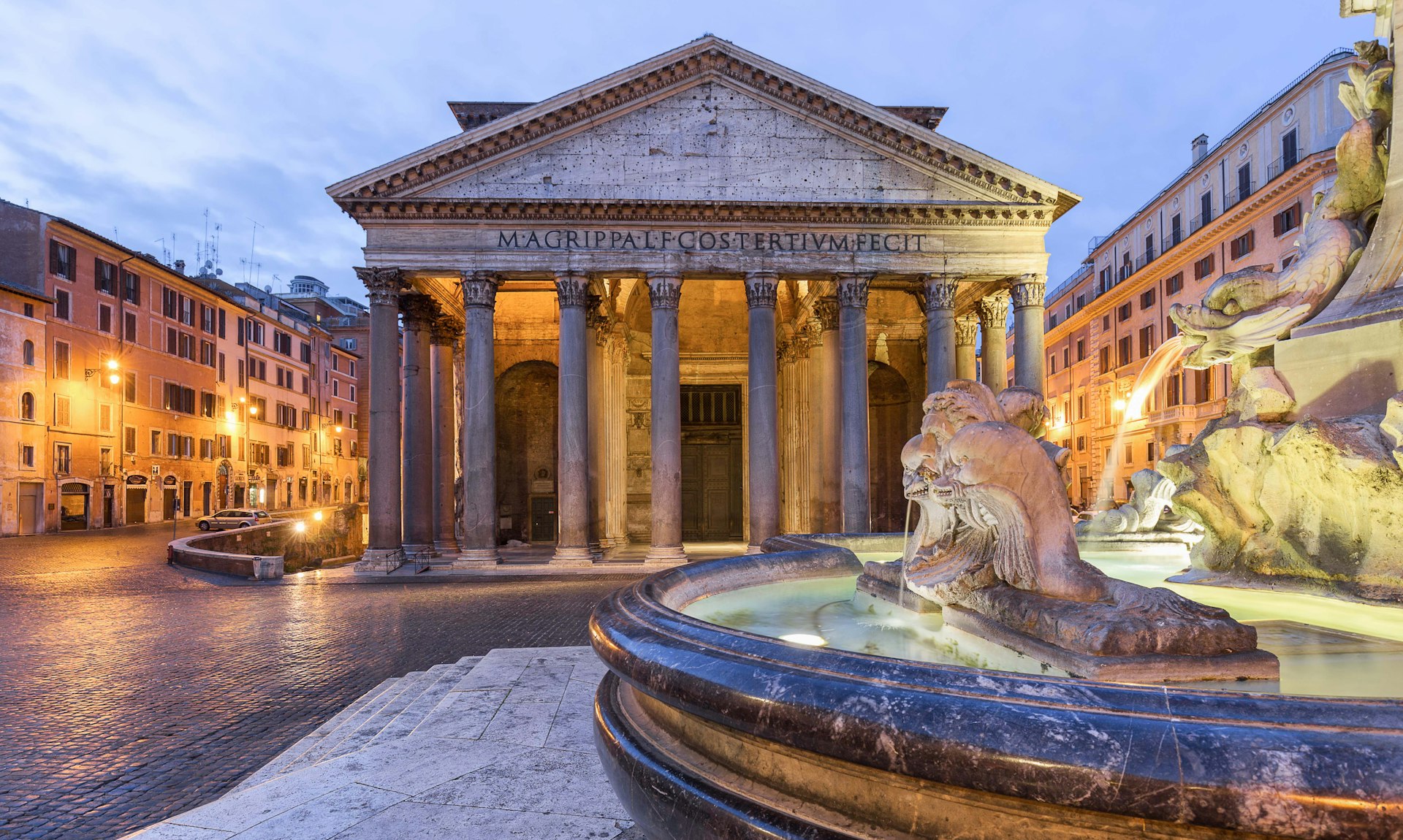
4. Columns
Inspired by classical Greek architecture, sixteen monolithic columns form the portico of the Pantheon. The cylindrical part of these columns was made from Egyptian granite whereas their capitals and bases were carved from white Greek marble. Each of the sixteen columns has varying heights and widths, but the beauty lies in the fact that you can barely notice this difference when you see the Pantheon.
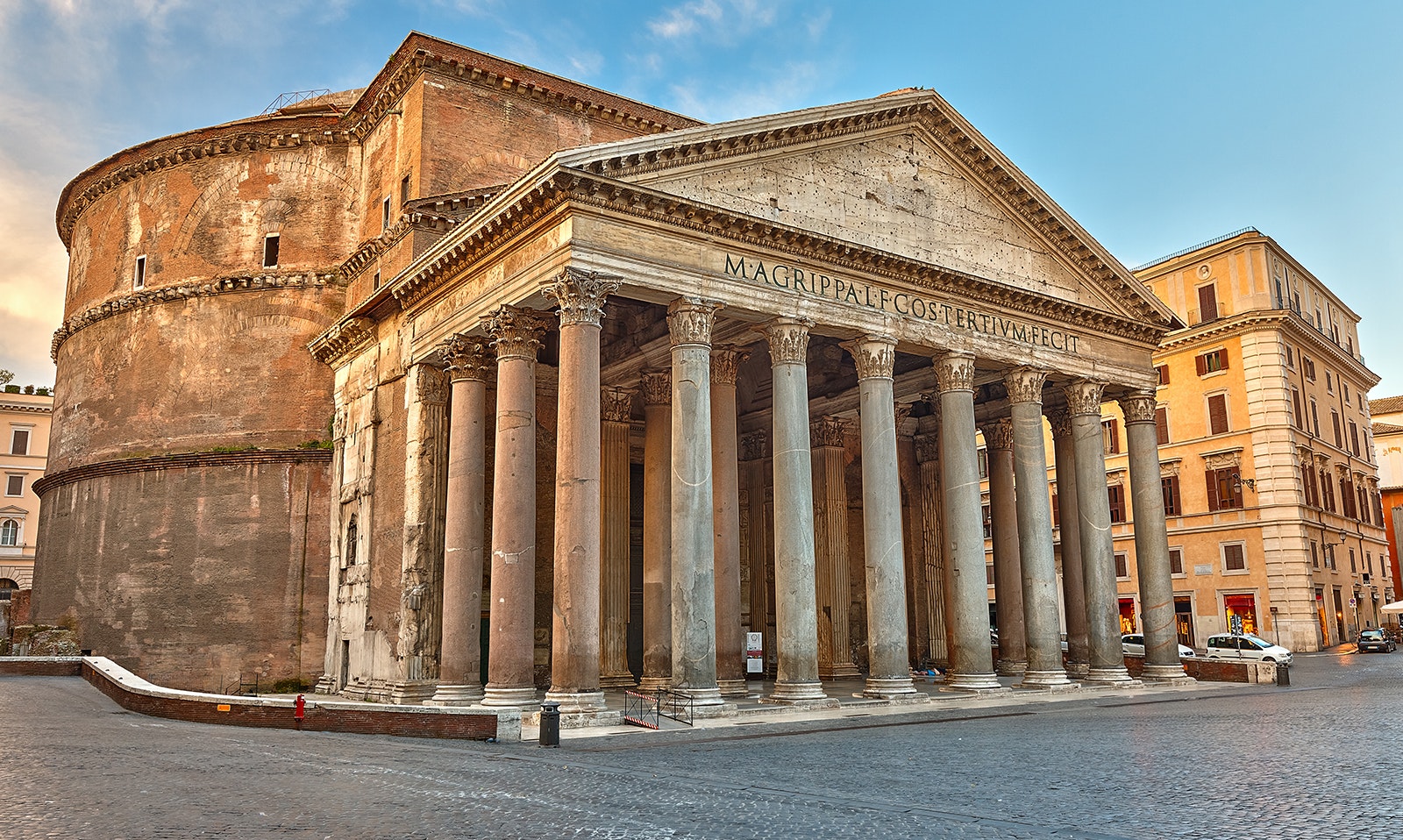
Did You Know That?
The exact composition of the concrete used in the construction of the dome remains a mystery to this day. The Roman engineers' secret recipe for creating such a durable and lightweight material has not been fully replicated.
5. Tomb of Raphael
The simple yet dignified tomb of Raphael is simply beautiful. A Latin epitaph runs across the top of the sarcophagus and the majestic sculpture of La Madonna Del Sasso, which has been made in the niche above the tomb, looms over it. It is believed that Raphael himself sketched this sculpture and asked his students to carve it and place it over his tomb.
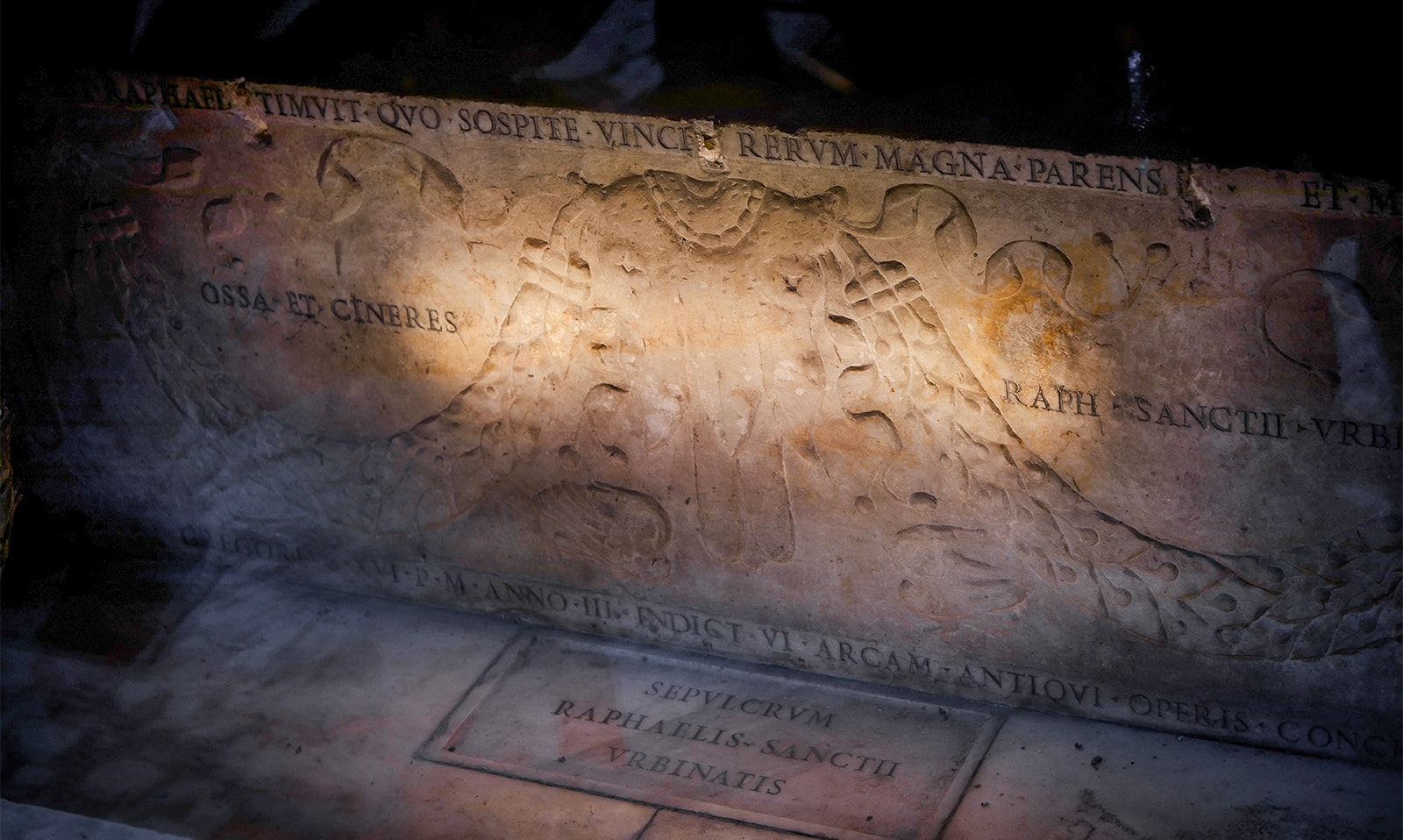
6. Tomb of King Victor Emmanuel II
Victor Emmanuel II was the first king of united Italy. Made from white marble, the glorious tomb of Victor Emmanuel II is located between Capitoline Hill and the Piazza Venezia. The entire attraction is decorated with stunning sculptures, regal columns, and grand stairways-a truly royal tomb, fit for a King. The gorgeous statue of a horseman believed to be Victor Emmanuel II, and the Altar of the Fatherland are two wonderful structures that you can see here as well!
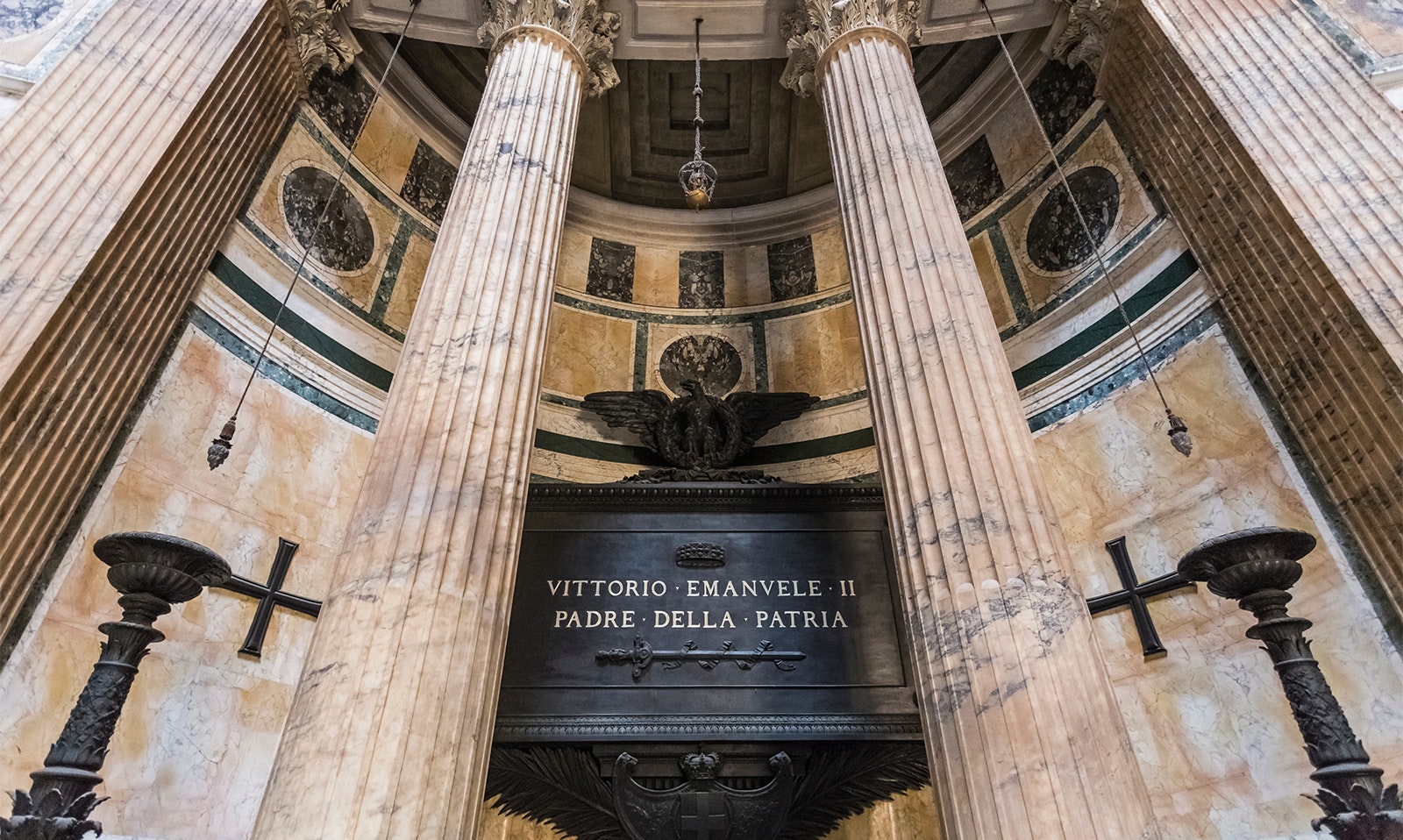
7. The Altar
The Altar of the Fatherland or the ‘Altare Della Patria’ is located in the Tomb of King Victor Emmanuel II. The Altar is believed to be the tomb of an unknown soldier who was killed in the First World War, and it now serves as a symbol for all the unknown fallen soldiers of Italy.
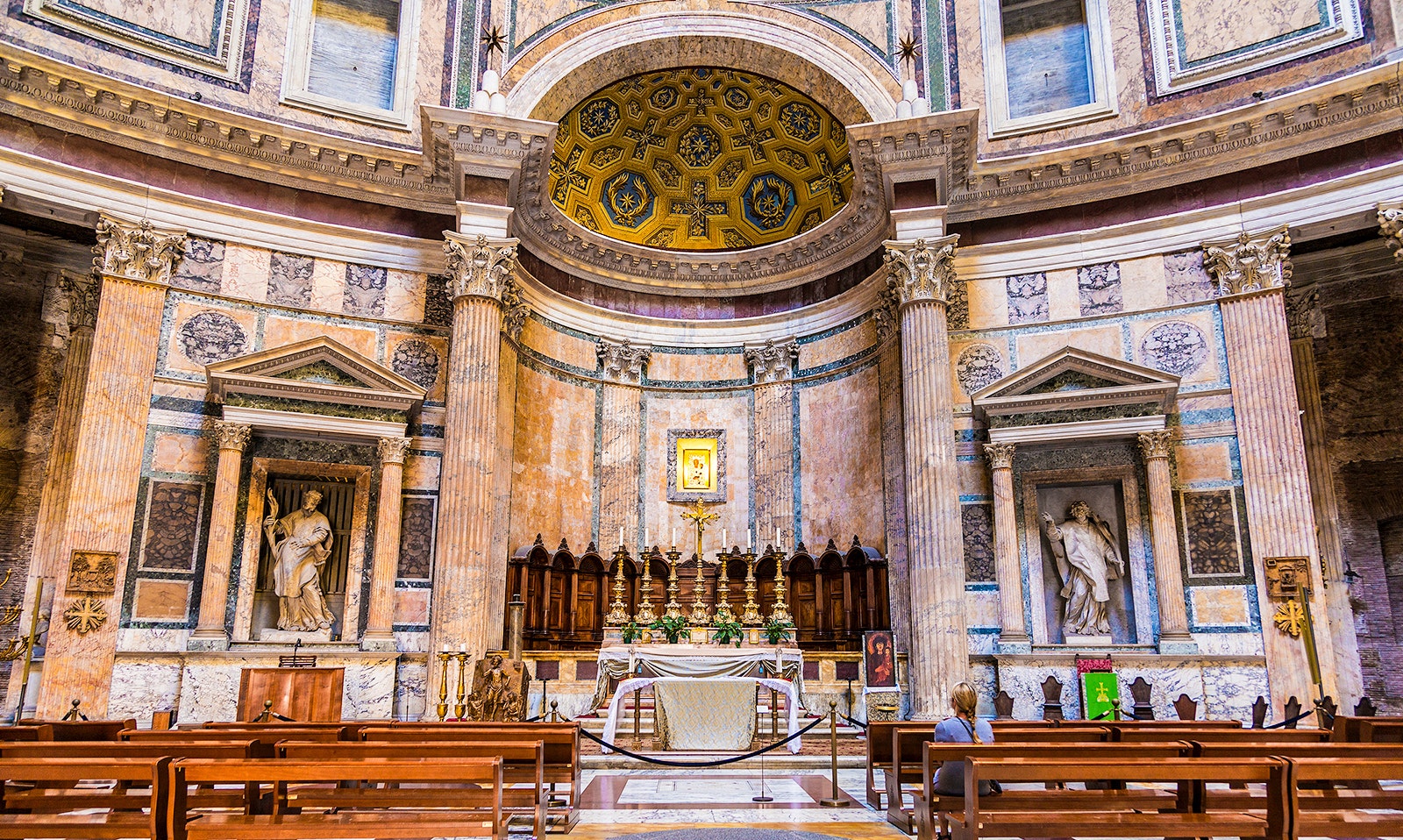
FAQs
What are the highlights of the Roman Pantheon?
What are the highlights of the Roman Pantheon?
What is the Roman Pantheon?
What is the Roman Pantheon?
Who designed the Roman Pantheon?
Who designed the Roman Pantheon?
Are there any famous statues or artworks inside the Roman Pantheon?
Are there any famous statues or artworks inside the Roman Pantheon?
Is the Roman Pantheon still in good condition?
Is the Roman Pantheon still in good condition?


